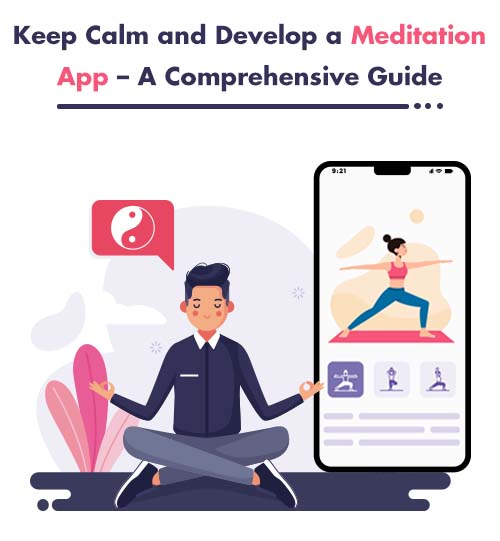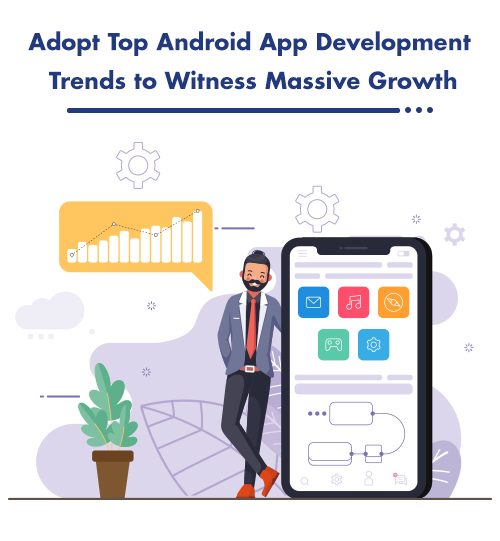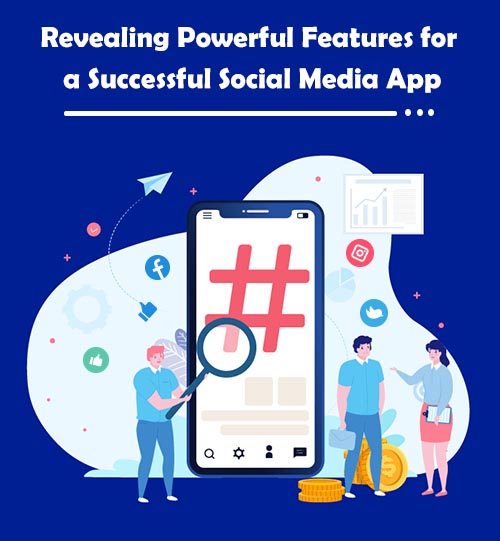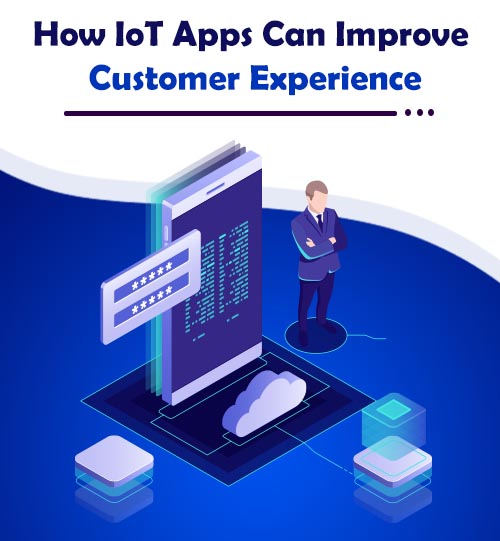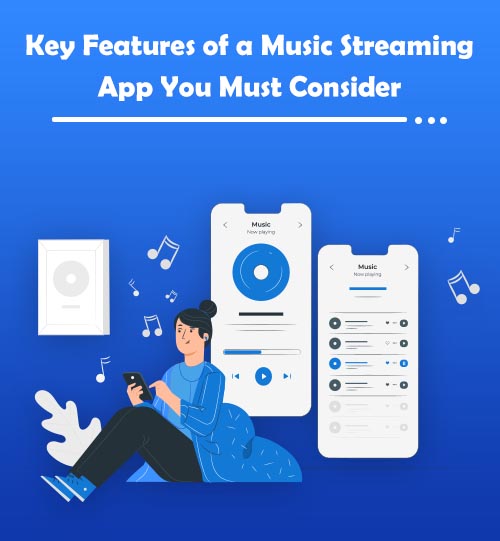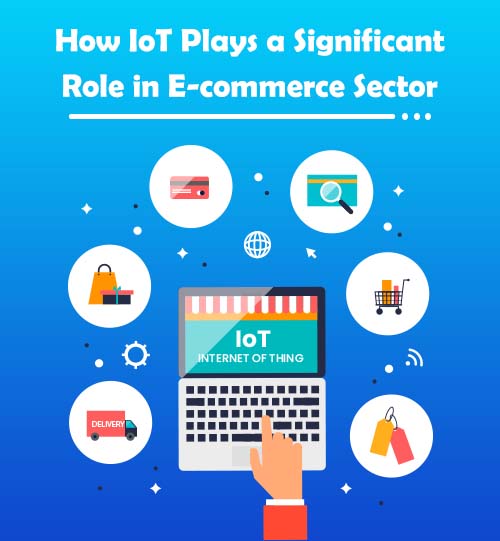Close your eyes, take a deep breath, and start thinking nothing – this is how meditation begins. Considering the bustle and stress of everyday life, mediation has become imperative to calm us down.
In today’s fast-paced world, no one has the time to go out daily, sit toward the sun, and chant strange mantras. This meditation approach became quite conventional when meditation apps came into existence. Apps like Calm and Headspace began to help people meditate and stay in harmony with themselves, eliminating all the distractions of the outer world. Consequently, mindfulness meditation apps contribute to fostering peace around the world and making lives easier.
If you’re a tranquility seeker and devising to bless the world with your own meditation app, read this guide. Herein, you will learn the necessary aspects that can help you create an app your users would love.
Note: Hire React Native Native App Developers to create high-performance meditation app and step into the market quickly.
So, let’s dive in…
Features of a Meditation App that Can Restore Your Users’ Peace
Onboarding Block: Introductory Tutorial for Users
Digitized meditation is gaining traction with each passing year. Yet, many people find it strange and even a bit unfamiliar. You should create an easy-to-understand onboarding screen to not leave your users confused or frustrated.
Tips to follow:
- Create an onboarding tutorial to highlight your app’s most important features and show users what it will serve them up on a plate.
- Ensure to implement clear and seamless animations to make users’ onboarding journey enjoyable.
Calm and Smooth Design
Meditation practices pivot on calming people and relieving their stress. So, make sure your app offers everything to meet this goal. Firstly, never use too bright colors and choose colors like blue, green, pink, purple, yellow, and brown.
Secondly, never make a cluttered design. If you review popular meditation apps, you will notice that they have a minimalistic design. It will help you create a content-centered application.
Lastly, take care of the animations. They should be smooth and pretty simple. Your don’t aim to overwhelm your users with complicated designs but to create a sense of relaxation that will help them catch the right wave and get an ever-lasting after-effect from the app’s meditation sessions.
Personalized Profiles to Offer the Best Experience
Personalization is an essential aspect of your mediation app development project since everyone has their own reason to meditate. Some may need 10 minutes of relaxation in the mid of a working day, while others may deem meditation a key to sound sleep or combating stress, fear, and depression.
Personalized profiles provide users with experience as per their preferences. Using machine learning algorithms, your meditation app can analyze what your users listen to and offer them suggestions to enhance their experience.
Session Sets: The Heart of Your Mediation App
Meditation sessions are the most important feature of your app, created in the form of podcasts. These sessions include conversations topics like stress, anxiety, sleep, concentration, etc., reinforced with calm background music or nature sounds. So, you can add multiple sessions to your app, having a duration range from 3-60 minutes. Besides, offering valuable content based on gender, age, and needs to your users will be an icing on the cake.
Play Screen to Relax Users
The play screen is another important feature of your mediation app. The central part of this screen is usually occupied by a play button having a smooth animation. It will create a specific mood for a session. Moreover, you can place a nice background image on the screen to keep your users focused. The best choices are some appealing landscapes in soft green and blue colors.
Discover Screen to Let User Explore More
Motivating users to stay engaged and check your app at least once a day is one of the challenging tasks. By creating a discover screen, you can easily overcome this challenge. This screen will allow users to explore new meditation packs, single sessions, and other valuable content, encouraging them to discover what’s new on your app.
Push Notifications to Keep Users Engaged
Push notifications is another proven way to enhance user engagement. It is a powerful retargeting tool that can help you interact with your users.
A few ways to leverage this feature are:
- Send alerts to remind users to visit your app and have another meditation session according to their schedule.
- Notify when old packs are extended, or new ones are available.
Announce giveaways, loyalty programs, and other events that encourage users to stick to your app
So, these are the key features of a meditation app that can help your users regain serenity and contribute to a peaceful world. Now, let’s figure out the cost to develop a mediation app.
How Much Does it Cost to Develop a Meditation App
The cost to create an app, as explained in our React Native app development cost guide, is not fixed. It varies depending on multiple factors, including:
App Specifications: The cost is in direct proportion to the app’s size, features, and complexity. So, if you want a comprehensive mediation app, the cost would be quite more.
Note: If native app development costs around $30k-$50k, building the same app with React Native will reduce the cost by up to 30-40%.
Development Team: The size, experience, and region of React Native app developers you hire will also make a massive difference in the app development cost.
Tech Stack: Similarly, the programming languages, tools, and elements used to create an app will impact your meditation app development cost.
Considering these factors, you can determine the cost to develop your meditation app. Now, let’s explore ways to skyrocket your earnings from your application.
How to Re-Earn Money More Than You Invested in Your Meditation App?
Subscription Model
Mindfulness meditation apps highly rely on the subscription model. An app monetization model will allow your users to pay a fixed subscription fee for unlocking advanced features of our app.
In-App Purchase
With this feature, you can offer your users some meditation-related products/services that they can purchase using your app.
By embracing this app revenue model, you would be able to generate revenue way more than you invested in your meditation app development.
Final Words
Apps like Calm and Headspace are trendsetters in the digital meditation industry. This comprehensive guide will help you to develop a future-proof meditation app like these biggies and bring peace to the world.
If you think your app idea can conquer stress and depression globally, hire React Native app developers of our company. Our experts can also develop your meditation app for Android and iOS platforms in case you want a native app.
